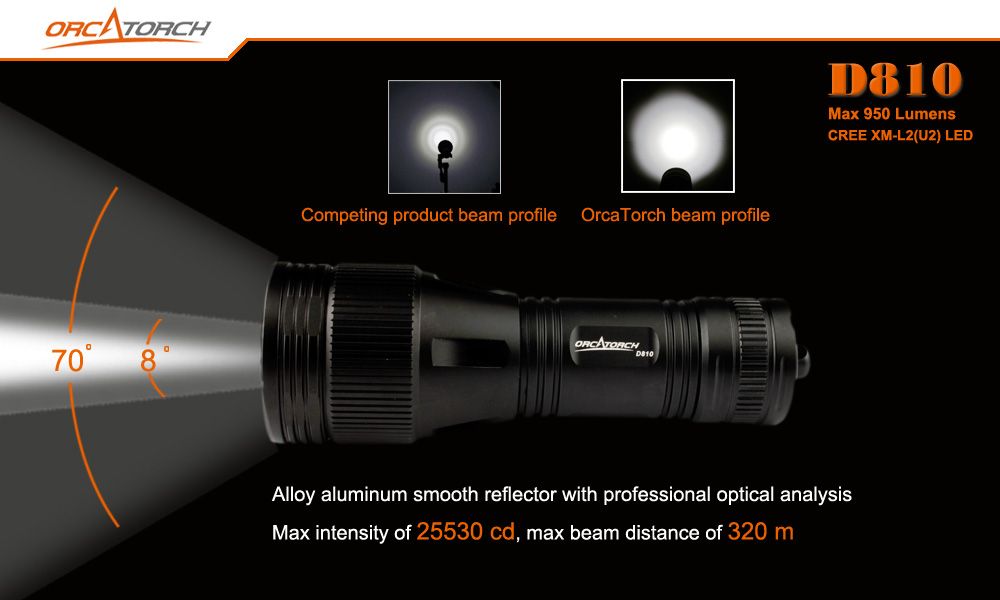SCRedWolf
Contributor
Hi, I'm a new recreational diver with a couple of questions related to beam angle. I'm looking to buy my first light or two. They'll be used for dark areas on daylight dives and possibly some night dives, in New England as well as some warmer/clearer parts of the world. No video or photography, just want to see what's down there.
I've got no real experience and it seems like there are tons of choices, so any advice appreciated!
- In New England water I know backscatter becomes an issue. But what beam angles work well in silty water? I'm sure 60*+ becomes a mess, but what about 30-40*? 15-20*? Is it necessary or advisable to go all the way down to 8*?
- Do the focusable lights like the ones from Bigblue and Tovatec work well?
- Do you consider beam angle when picking primary vs. backup? I.e, a wider light for primary and a narrower one for secondary?
- Should I even worry about this, or just buy a decent looking light?
I think an 'average' dive light fills the needs of generic use. Personally I use a Princeton Tec League for my night dives and some of my daylight dives that I know I want to see in some shadowy areas. They're not expensive and actually work pretty well. I've had them for two years and they've been on almost 50 dives. I like the tight focus of the center of the beam but it has about a 40-degree spillover which lets you see stuff just off to the side. The manufacturer says it's a medium beam. For $30 it's cheap enough to see if you like it and if not demote it to keeping in your car. For what it's worth waterproof lights make awesome emergency lights to keep in your vehicles. Anyhow, that's my 2-cents.





